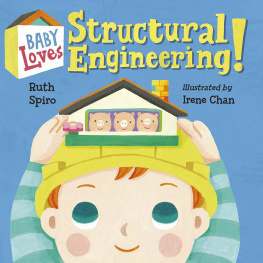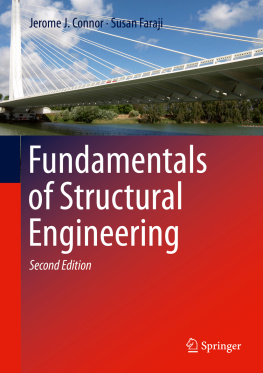1.2.1 Strong Wind Climates
There are many wind climates that might result in strong wind, e.g. monsoons, frontal depressions, tropical cyclones (hurricanes, typhoons, and cyclones), thunderstorms (downburst and microburst), tornadoes, devils, gravity winds (katabatic winds), lee waves and so on.
Monsoons are seasonal winds, and may be considered as large-scale sea breezes, due to seasonal heating and the resulting development of a thermal low over a continental landmass. The monsoon effects are developed most strongly in Asia. The influenced area of monsoons may be larger, and its sustained time may be longer than in typhoon. They are characterized by warm, rainy summer monsoons and cold, dry winter monsoons.
Frontal depressions are boundaries separating two masses of air of different densities, and are the principal cause of strong winds. Cold fronts may feature narrow bands of thunderstorms and severe meteorological phenomena, and may on occasion be preceded by squall lines which contain heavy precipitation, hail, frequent lightning, strong straight line winds, and possibly tornadoes and waterspouts.
Tropical cyclone is intense cyclonic storm which occurs over the tropical oceans, mainly in summer and early autumn. It is known as typhoon in the Far East, cyclone in the region of Australia and the Indian Ocean, and hurricane in the America, with different definitions. For example, a typhoon is a tropical cyclone whose maximum mean wind speed near the center is greater than 17 m/s. The diameters of the tropical cyclones are between 100 and 2,000 km, usually of the order of several hundred kilometers. The depth of the atmosphere involved is about 1012 km. From the ratio of the diameter to the thickness, it is understandable that the entire rotating body of a tropical cyclone is like a compact disc. A roughly circular eye, or hot tower, is formed in the center of the storm. The air inside the eye is relative dry and light, and rises slowly near the perimeter of the eye. Outside the eye wall, there is a vortex in which warm, moist air is convected at high altitude and forms tall convective clouds. Spiral rain-band clouds are often noticed in the outside of the vortex.
Thunderstorms are small disturbances in horizontal extent, compared with extra-tropical depressions and tropical cyclones, but they are capable of generating severe winds. Thunderstorms result from the rapid upward movement of warm, moist air. As the air moves upward, its cools, condenses, and forms cumulonimbus clouds. Thunderstorms are responsible for the development and formation of many severe weather phenomena: downburst winds, large hailstones, flash flooding, tornadoes and waterspouts. In downburst winds, a strong downdraft reaches the ground, and produces a strong wind for a short period of timeperhaps 510 min.
The tornadoes are observed as funnel-shaped vortex in the thunderclouds. It is the most destructive of wind storms. A tornado is typically of the order of 300 m in diameter and moves with respect to the ground with speeds of the order of 30100 km/h in a distance approximately 15-km long before dissipating, producing a long narrow path of destruction.
Gravity winds are winds that flow downhill under the pull of gravity. They occur mostly in mountainous or glacial regions. When the slopes are particularly steep, the cold air can gather tremendous kinetic energy giving very strong winds. Lee waves are atmospheric standing waves. The most common form is mountain waves.
1.2.2 Strong Wind Hydrodynamics
The surface of the earth exerts upon the moving air a horizontal friction force to retard the flow, forming an atmospheric boundary layer with a vertical velocity profile through the effects of turbulent mixing. It is the wind regime within the atmospheric boundary layer that is of direct interest to the designers of civil engineering structures. The depth of the atmospheric boundary normally ranges in the case of neutrally stratified flows from a few hundred meters to several kilometers, depending on the wind intensity, roughness of terrain and angle of latitude (Simiu and Scanlan ). Within a synoptic boundary layer, the wind speed increases with elevation; its magnitude at the top of the boundary layer is often referred as the gradient speed. Outside the boundary layer, the wind flows approximately with the gradient speed along the isobars. The forces acting on the air inside the atmospheric boundary layer consist friction force, pressure gradient force, Coriolis force and centrifugal force.
The friction force acts to prevent movement the air. It is opposed to the direction of movement, and perpendicular to Coriolis force.
The pressure gradient force is caused by pressure difference, which acts from high pressure region to low pressure region. It is usually responsible for accelerating a parcel of air, resulting in wind. Actually it is not a force but the acceleration of air due to pressure difference (a force per unit mass).












